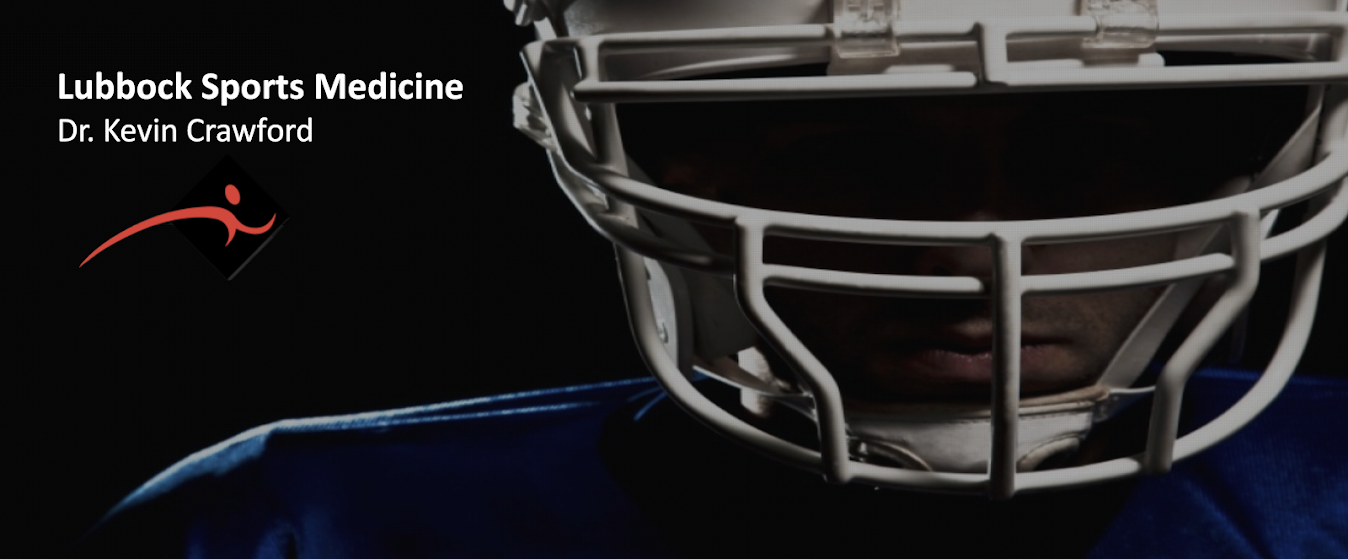Joint discomfort slows down millions of Americans who love to follow an active lifestyle. Here is a basic list of joint-healthy foods that are proven to support and provide a positive impact on helping to maintain healthy joints. Aside from being part of an overall healthy diet, these foods are simply delicious. So, no excuses... Eat healthy & be active.
Antioxidants are the warriors against free radicals, and help to prevent cell damage and disease. They include vitamin A (or beta carotene and other carotenoids), vitamin C, vitamin E and Selenium. An easy way to remember these powerful substances is with the acronym “ACES”.
Select foods for each include:
- Vitamin A - There are tons of food that are rich in Vitamin A. Some of the more common include Carrots, Sweet Potatoes, Cod Liver Oil (yum!), Whole Milk, Mangos, Paprika, Iceberg Lettuce, Cantaloupe, Kale, Peas, and Turnip Greens
- Vitamin C - When we think Vitamin C, we naturally think fruit, as we should. Yet, instead of just oranges, limes, grapefruit, pineapple, and tomatoes, there are many other foods rich in Vitamin C, as well. These include raspberries, red peppers, broccoli, papaya, mangos, and even asparagus – plus a number of more!
- Vitamin E – Can’t get enough of Avocados? Good thing because they are loaded with vitamin E, as are whole grain cereals and bread, peanut butter, and sunflower seeds.
- Selenium – Not very well known, but highly important. Brazil nuts are an amazing source of Selenium, and is part of powerhouse list that includes Cooked Tuna & Oysters, sunflower seeds, lean pork, whole-wheat bread, chicken, beef, and mushrooms.

Omega Fatty Acids Certain fatty acids are, by nature, protective and can reduce discomfort and swelling in affected joints. Excellent dietary sources of omega-3 fatty acids include flaxseed oil and seeds, salmon, sardines, herring, nuts, green vegetables, and whole grains.
Supplements:
For added boost to joint health, a glucosamine-based dietary supplement can be of help. Glucosamine is excellent for maintaining joint cartilage, and can assist in improving joint comfort and mobility.
For added boost to joint health, a glucosamine-based dietary supplement can be of help. Glucosamine is excellent for maintaining joint cartilage, and can assist in improving joint comfort and mobility.
The list of healthy & delicious foods to help support joint health and overall wellbeing is endless. Consistency in your healthy eating patterns can be the key in continuing to enjoy the active lifestyle that you love.
Live life to its Fullest!
Follow us!
Facebook Google+
Disclaimer: This information has been provided by Dr. Kevin Crawford, Lubbock Sports Medicine as general information only. It is not intended for any patient or specific situation. Exercise with care and under a doctor's supervision.
Lubbock Sports Medicine
Dr. Kevin Crawford, MD
4110 22nd Place Lubbock, TX 79409
(806) 792-4329
Dr. Kevin Crawford, MD
4110 22nd Place Lubbock, TX 79409
4110 22nd Place Lubbock, TX 79409
(806) 792-4329



